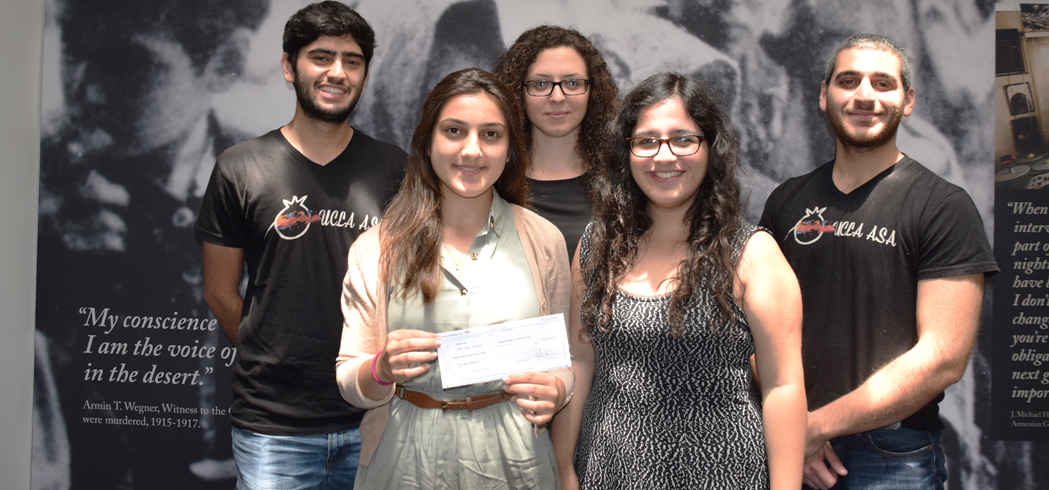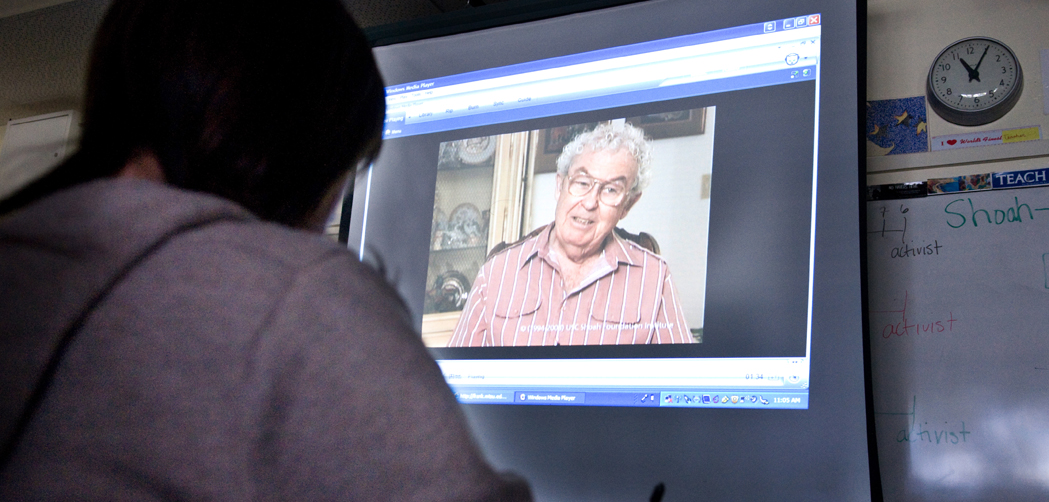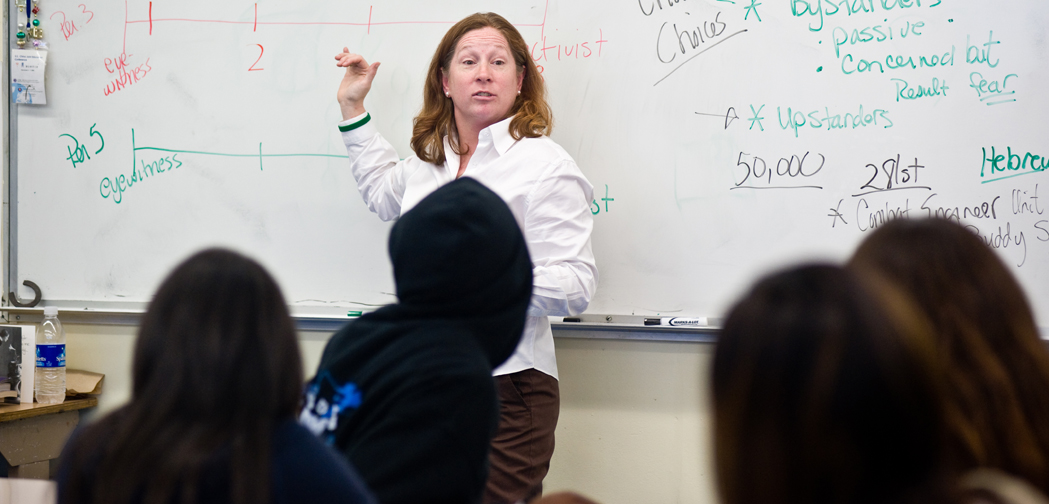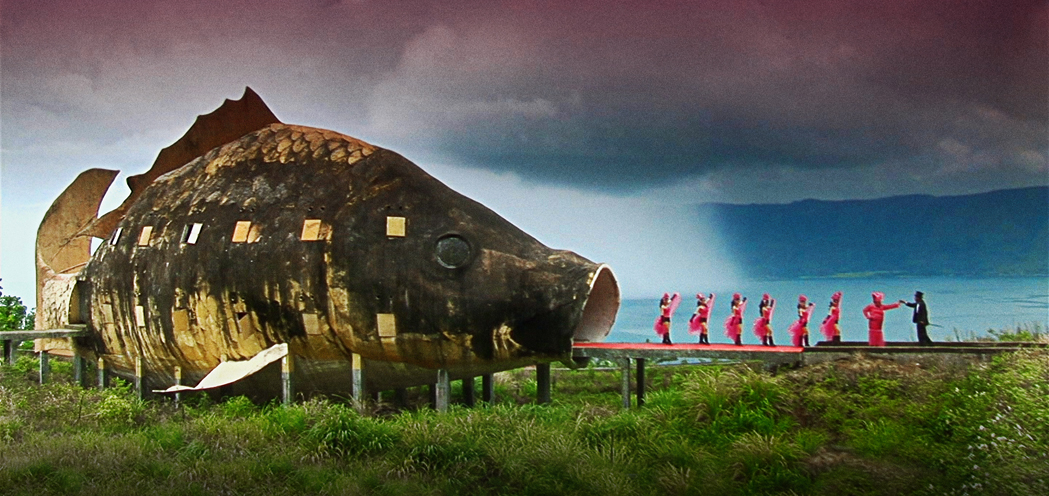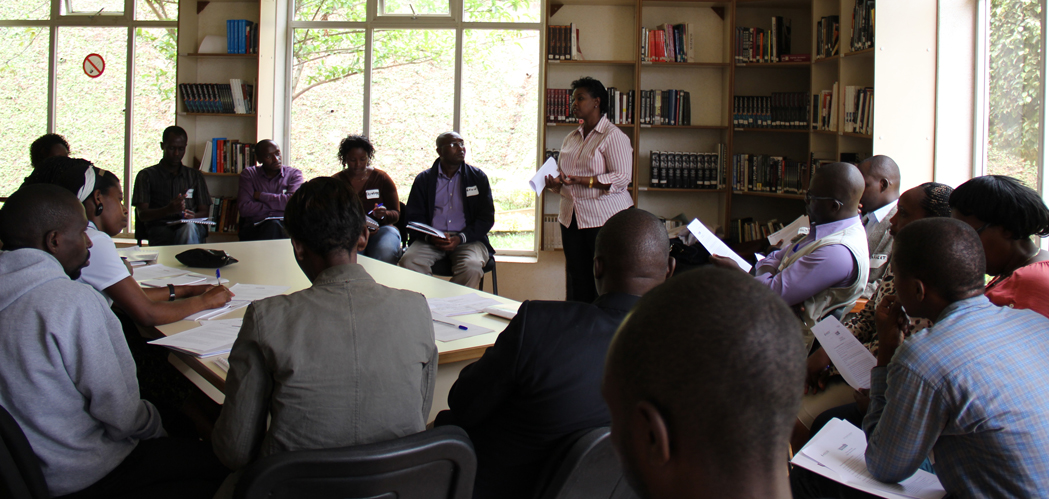For years now I have noticed that my students are especially interested in the information from non- traditional educational channels; visual and auditory information are often more welcome than academic texts from their books. The reason, we have experienced a shift in the methods that young people process information these days.
A group of men is placed in several trucks. They are driven through the streets and out of town into an open area surrounded by trees. They are beaten around the head with rifle butts, made to run in a group towards an open mass grave. A mere handful of armed guards make them lie in the grave like sardines. Then they are shot one by one in broad daylight.
The horrific spectacle, highly reminiscent of the Nazi Einsatzgruppen Aktions in the Soviet Union in 1941, was, in fact, the mass murder of some 30 men that took place in Iraq just this week.
USC Shoah Foundation – The Institute for Visual History and Education was founded to capture the voices, emotions and faces of those who suffered, yet miraculously survived the most heinous crime ever committed against humanity by humanity.
The idea was to record individual and collective memories that would be preserved in perpetuity as a seminal educational tool to inform current and future generations that incitement, hate and violence against a person or a group can ultimately lead to death, genocide and ultimately extermination.
In just a few short months I will be holding a new born baby in my arms. The depth and complexity of emotion that I feel as this time approaches is multiplied by the experiences I have had working at USC Shoah Foundation – The Institute for Visual History and Education.
New acquaintances who inquire about what I do for a living often respond by saying, “Gosh, that must be depressing.” And my response has always been the same, “Actually, it is amazing and inspiring.” And it truly is.
